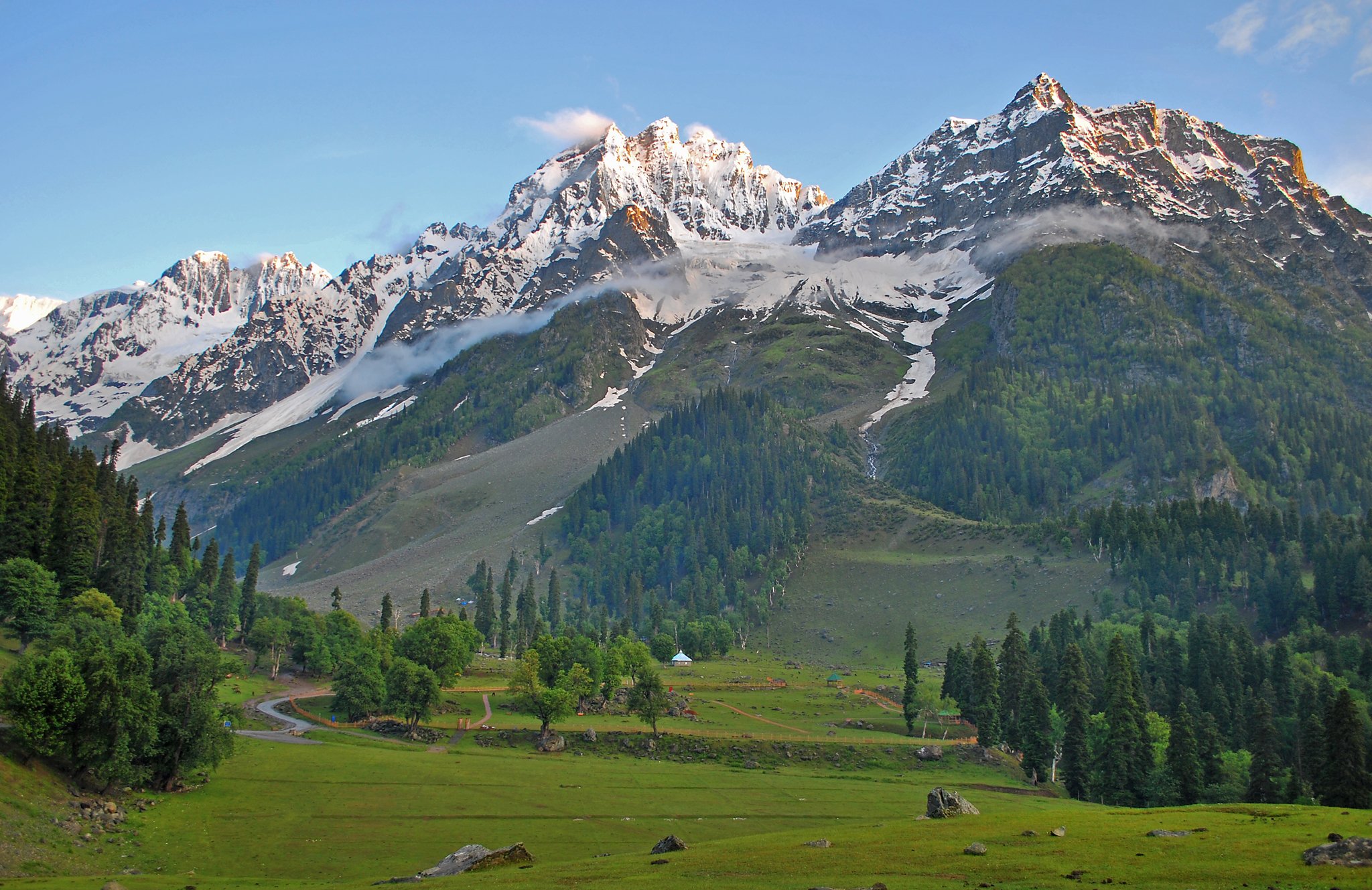MIRPUR, Feb 20 (APP): Kashmir is not merely a piece of land or a numerical figure, but rather a sentiment, an emotion, a fire that rages in the hearts of 13 million people across both sides of the Line of Control (LOC), all striving to secure their internationally recognized right to self-determination as per the spirit of the pertinent United Nations resolutions on the Kashmir issue.
According to research conducted by APP AJK Correspondent, the centuries-old history of the Jammu & Kashmir state reveals that Kashmir transformed into a bastion of Islam with the arrival of Sufi Saint Shah-e-Hamdan in 1332 AD, during the rule of Kota Rani.
In a bid to safeguard her Hindu Kingdom from the Muslim onslaught, Kota Rani entered into four marriages. Notably, her union with Ranchin Shah, the Buddhist ruler who converted to Islam, marked a pivotal historical moment in Kashmir’s annals. Despite her efforts, including an unsuccessful revolt aided by Hindu courtiers, she ultimately succumbed to defeat and committed suicide, paving the way for Muslim rule in Kashmir.
Regrettably, the government of India seems fixated on the year 1332, attempting to rewrite history. A fallacious narrative about Kashmir is being propagated through Kalhana’s Raj Tarangini. Upon studying Raj Tarangini, it becomes apparent that it is a work of poetry rather than a historical chronicle, representing the imaginative realm of Kalhana.
Kashmir’s ties to Central Asian countries trace back over 2000 years. Notably, the reign of Kota Rani was marked by clashes with the Mongol King Dalucha. The Shahmiri Dynasty, which ruled Kashmir from 1339 to 1561, played a significant role in shaping Kashmir’s history.
Sultan Shams ud Din Shahmiri, the second Sultan of Kashmir and the dynasty’s founder in 1339, hailed from Swat in Dardistan. He actively worked to propagate Islam in Kashmir and patronized indigenous clans such as Chuks and Magrays.
The Kashmiri Era commenced with Rinchin Shah’s conversion to Islam in 720 AD, remaining in use until the Mughal Conquest of Kashmir in 1586. Sultan Shahmir passed away in 1942, succeeded by Sultan Jamshed Shahmir.
In 1347, Sultan Jamshed was defeated by his brother Sultan Alauddin, leading to the ascension of Sultan Shahab Uddin and Sultan Qutubdin to the throne. Sultan Shahabuddin’s reign saw territorial expansions and the consolidation of Islamic influence in the region.
The people of Jammu and Kashmir have long regarded the occupation of a significant portion of the internationally acknowledged disputed territory as illegitimate. The coerced cohabitation of Kashmiri civilians with heavily armed Indian occupying forces has proven untenable over the past 76 years.

